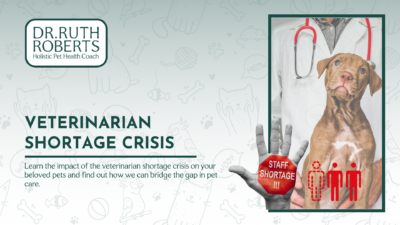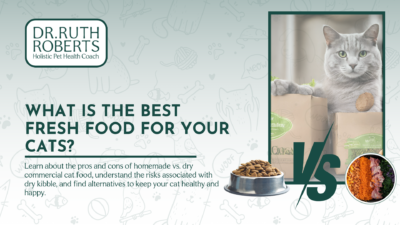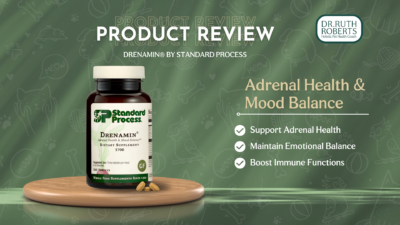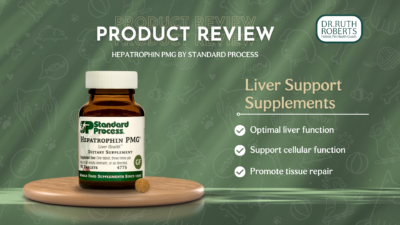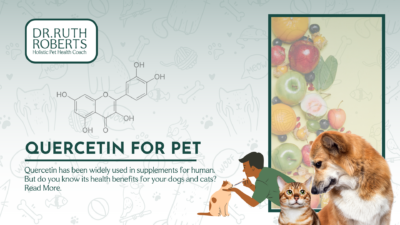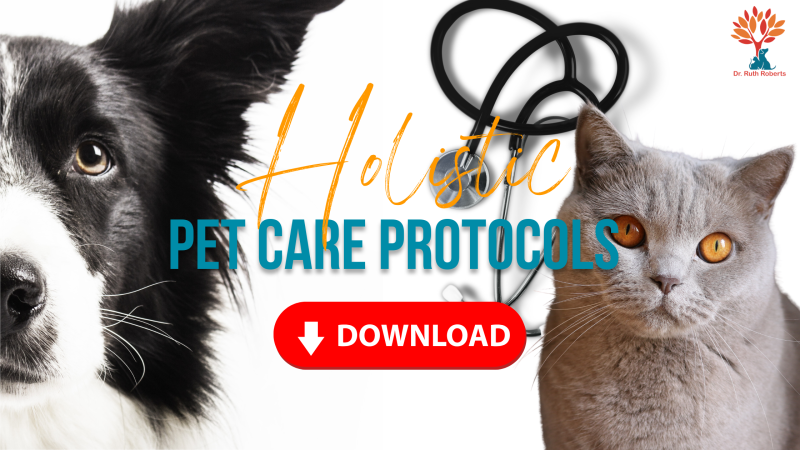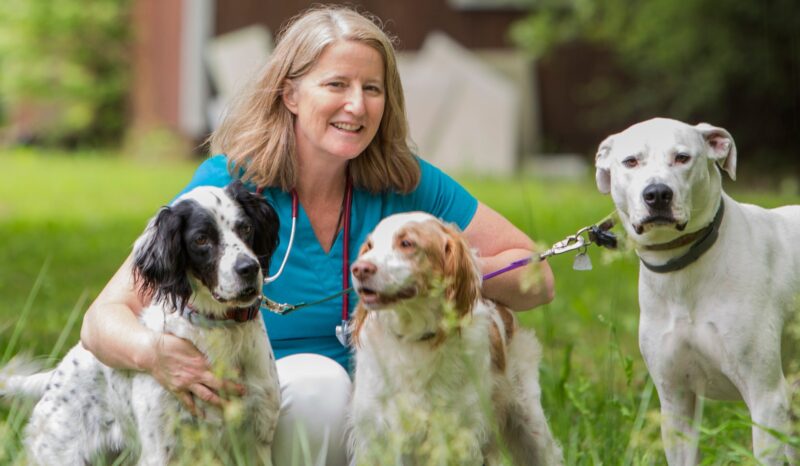In 1999, the American Animal Hospital Association and American Association of Feline Practitioners Current Vaccine Guidelines (check out www.dvmvac.com) Issued guidelines indicating that there was sufficient research to support boostering vaccines every 3 years for mature dogs and cats. Newer research indicating boostering Distemper Parvo and Feline respiratory vaccines every 5 years provides adequate protection. Some vaccines like Kennel cough must be repeated each year to be effective, but most do not. Rabies vaccines by law have a 1 year or 3 year license. It has been legal to use the 3 year license rabies vaccine in South Carolina for at least 10 years, as long as it is the second rabies vaccine the pet has received in it’s lifetime. There has been a Duration of immunity study for Rabies vaccines underway for 5 years, and for 1 vaccine, the results are a bit disappointing.
Here is the link to the summary of the unpublished results. What the researcher, Dr. Ron Shultz, used to determine protection against rabies is the current titer test which is used to establish if a pet has an antibody level against rabies considered to be protective, and thus safe for travel into an area with no known rabies virus. For the first vaccine, this titer level was protective for the first 3 years for all the dogs, with the titer levels dropping in the fourth and 5th years. The dogs with a protective titer in the 5th year was less than 30%. While this is disheartening, as part of the goal of the study was to extend the duration of immunity licensing for pets, the dogs that did not have protective titer levels, were tested for immunologic memory, and most, but not all dogs did have immunologic memory. What is not known is if Immunologic memory correlates to protection against live virus. As soon as a facility is available, the animals with a low titer but immunologic memory will be exposed to live rabies virus to determine if there is a correlation. The Titer test values that are deemed protective, are an extrapolation from human values, and have not been determined via challenging animals with the virus.
So what does this mean? it means that your pet is most likely protected for at least 5 years after it’s last rabies vaccine, though it may not have a protective titer level. The live virus challenge should shed more light on how well your pet is protected.
With regards to potential vaccine side effects, we’ve been using Thuja for a few years to help ameliorate both short term and long term side effects, and While there is no way to know for sure, the reaction rate is very low in our practice. I recommend splitting the vaccines by at least 2 weeks as well, to allow the immune system to process properly, and not be overwhelmed. We know the rabies vaccine will increase thyroid autoantibodies in dogs for 3 months after being vaccinated, and there is an association with the distemper parvo vaccine and autoimmune disease. While these are concerning, the fact is that parvo virus and distemper virus are still out there, and we had the sad task of treating a puppy with parvo last week. The University of Tennessee veterinary school experienced an outbreak in their teaching hospital that started with an adult dog that had never been vaccinated. Thankfully both viruses are easliy destroyed by disinfectants, but do persist outside in the soil.

